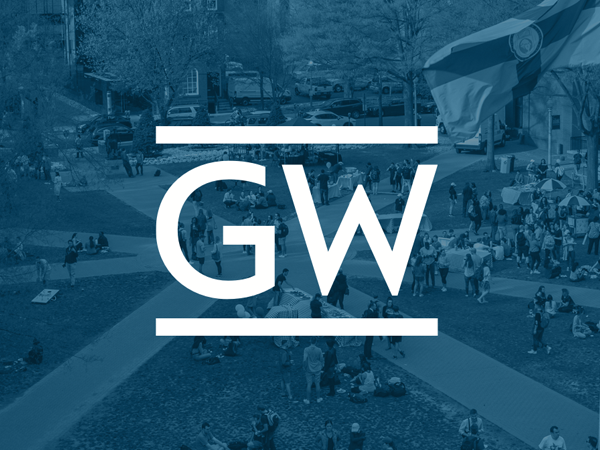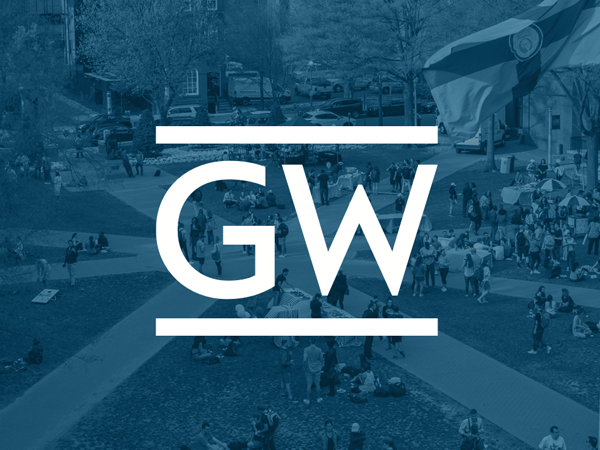Download this commentary (PDF)
In brief ...
The fireside chat with SEC Commissioner Hester Peirce closed out the scheduled program for the event “Regulation by Enforcement: Blockchain and Crypto.” Several themes from the conversation included the Commission’s relationship with the crypto industry, how the Commission might benefit from international partnerships on crypto regulation, and who ought to decide the value of crypto.
On June 5, the GW Regulatory Studies Center and GW Law hosted an event, Regulation by Enforcement: Blockchain and Crypto, which focused on the how the U.S. has approached regulating cryptocurrency (crypto) markets. To close out the scheduled program, Aram Gavoor, Associate Dean for Academic Affairs and Professor at GW Law, moderated a fireside chat with Commissioner Hester Peirce of the Securities and Exchange Commission (SEC). The wide-ranging conversation covered multiple topics, including the SEC’s relationship with the crypto industry, how the Commission might benefit from international partnerships on crypto regulation, and who ought to decide the value of crypto. This commentary dives into each of these themes.
SEC and the Crypto Industry
Professor Gavoor opened the conversation with an observation that, while the relationship between an independent regulator and regulated entities is ideally characterized by a healthy dose of trust and partnership, collegial communication between the SEC and the crypto industry seems to have broken down. Further, he posed, can that posture be restored?
Although Commissioner Peirce agreed that the relationship has broken down, she cautioned that excessive closeness between regulators and regulated entities may make an agency susceptible to regulatory capture. Instead, the SEC should ensure that new ideas and competitors are free to enter the market, succeeding or failing on their own merits. Perhaps illustrating the entry challenges faced by the crypto industry, Peirce attributed the breakdown in communication, in part, to advances in crypto bringing in individuals from outside of the financial industry who are unfamiliar with SEC’s guidance on and interpretation of rules. Both this lack of familiarity and the Commission’s comfort with engaging with large financial institutions, at the expense of other industry stakeholders, have contributed to this dynamic and hindered productive communication between the SEC and the crypto industry.
Although the current dynamic is more adversarial than constructive, Commissioner Peirce highlighted opportunities for mutually beneficial cooperation that would not compromise SEC’s independence. For example, creating and hosting advisory committees, an approach actively used by the Commodity Futures Trading Commission, could be beneficial forums for industry input. She remarked that advisory committees raise fewer red flags because they happen transparently in the public eye.
Given the technological complexity surrounding crypto, the SEC can benefit from crypto industry's knowledge and input, especially on matters where the Commission lacks expertise. And, as discussed during the event’s earlier panels, the crypto industry can benefit from the stability and predictability of a regulatory framework that promotes the productive development of novel technologies.
International Partnerships and Collaboration
The conversation also touched on the potential for collaborating internationally to develop regulatory frameworks that account for the crypto industry. Professor Gavoor asked Commissioner Peirce about her favorable view of regulatory sandboxes and their potential promise for regulating emerging technologies like crypto. Commissioner Peirce explained that the United Kingdom (UK) has been more “forward thinking” in its approach toward financial technology (fintech) innovation, including by establishing a digital security sandbox for UK firms. Her idea would be to extend this program to include firms outside of the UK, so that they could implement innovations both in the UK and in the U.S. simultaneously. In addition to promoting innovation and commercialization, such a regulatory regime would deepen the collaboration between the two countries and permit learning from one another. It could also, as Professor Gavoor stated, “advance the interconnectedness of U.S. economy with friendly economies.”
The conversation then shifted toward how the U.S. could also partner with less developed countries on crypto and other fintech advances. The commissioner identified opportunities for collaboration here too, whether it is by encouraging talented individuals to come to the U.S. or offering them tools to advance economic development in their home countries. In response to the idea that the World Bank could subsidize the development of “dollarized stable coins” in less developed countries, she noted that such efforts do not need a subsidy to move forward, since stable coins based on the U.S. dollar are already being adopted around the world. Instead, creating a regulatory framework for stable coins in the U.S. could do more to bolster this trend by clarifying their status as a financial product. Commissioner Peirce also lamented that U.S. policymakers are not already more excited about “embedding the dollar in more global transactions and in individual people's financial lives.” Concluding these thoughts, she suggested that cross-border sandboxes should not be limited to collaboration with the UK, since the U.S. can learn a lot from other nations, like Bermuda, that have also considered crypto regulation in depth.
Who Decides the Value of Crypto?
A third theme evident in the discussion centered around regulators’ attitudes toward crypto and how they have influenced the industry’s trajectory in the U.S. Commissioner Peirce admitted that many regulators at the SEC are skeptical about the value of crypto and blockchain, often justifiably, but that such an attitude is inconsistent with the SEC’s role as a technology-neutral regulator, rather than one that makes merit-based decisions on the value of technological developments. At the same time, she shared that, ultimately, it should be up to the market to decide what technologies succeed or fail. Commissioner Peirce drew a distinction between a merit-based decision-making paradigm and a more rules-based approach where the SEC sets parameters within which transactions occur.
Before turning to audience questions, Professor Gavoor asked the commissioner what she would change related to crypto if she possessed a magic wand. Building on her prior comments, Commissioner Peirce decided that shifting the SEC’s attitude toward crypto, especially at the top, to one of more openness would be her choice. Importantly, she emphasized that even if regulators are unenthusiastic about crypto’s potential, a willingness to listen and consider the industry’s barriers to register in the U.S. would go a long way toward crafting a workable regulatory framework.
Conclusion
This commentary only touches on several themes from the fireside chat, but the conversation covered a wider array of topics and questions from the audience. Interested readers are encouraged to watch the video recording of the full conversation on the GW Regulatory Studies Center website.



